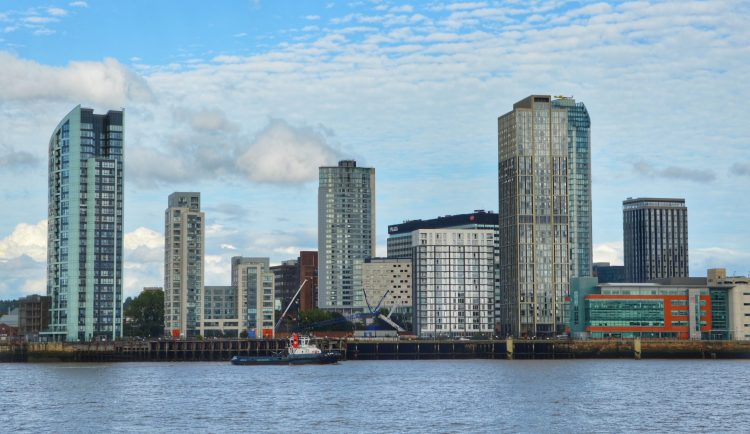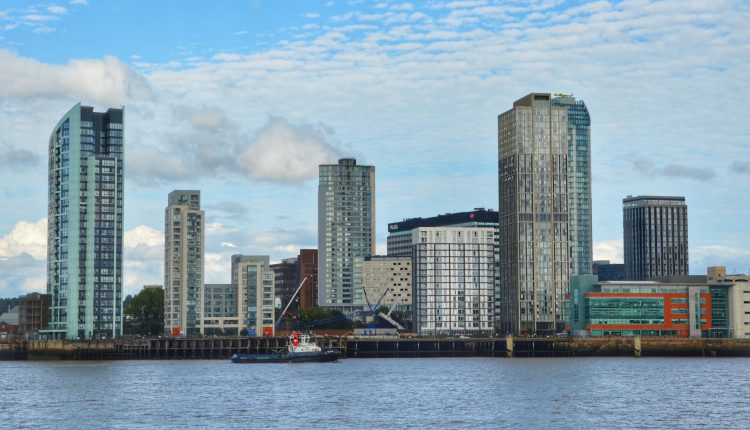Liverpool City Council to designate five areas of the city centre where clusters of tall buildings are deemed ‘appropriate’. Tony McDonough reports

New tall buildings in Liverpool will be restricted to five areas of the city centre under new proposals being considered by the city council’s cabinet next week.
A new report being put before senior councillors is recommending the adoption of a Tall Buildings Supplementary Planning Document (SPD). This will be used to shape development in a “proactive and positive manner”.
Tall buildings were a major part of the stand-off between Liverpool and UNESCO for almost a decade. Eventually this led to the city’s waterfront being stripped of its World Heritage Status in July 2021.
Guidance within the SPD will ensure that all tall building proposals make a “positive contribution to Liverpool’s skyline, distinctiveness and image, the city’s growth and the delivery of high quality and sustainable places”.
On adoption of the document, which has been informed by public engagement, it will be used in the decision-making process for all future planning applications for proposed tall buildings.
This new guidance sets out in detail what the council considers to be appropriate in terms of height, design and location. It will supplement Liverpool’s Local Plan and will help guide the council’s forthcoming new waterfront strategy.
This SPD also seeks to ensure that future tall buildings will also protect the city’s historic character, heritage assets and city’s unique and world renowned image.
Five locations in and around the city centre have been identified where clusters of taller buildings could be appropriate. They are:
- Liverpool Waters
- Commercial District
- Leeds Street / Pall Mall
- Paddington Village
- Southern fringe of Baltic Triangle
The Tall Buildings SPD has also mapped current developments and sets out guidelines for appropriate heights for new planning applications in these clusters.
It also provides guidance based on nine core principles covering issues such as quality, sustainability, environment and economic growth. The policy also states that schemes will need to pass four tests by demonstrating:
- A clear purpose and role for the tall building to directly support regeneration.
- The proposed height is appropriate to the role or function of the locality.
- It positively contributes to an area and its scale is appropriate to its surroundings.
- The impacts on sensitivities have been fully considered.
Cllr Nick Small, Cabinet Member for Economy and Development, said: “Liverpool’s skyline is world famous and its development needs to be sensitively handled.
“We need to ensure its historic character and charm are maintained, while allowing for economic growth and job creation.
“The Spine in Paddington Village is a prime example and shows we can deliver world-class buildings fit for the 21st century and I’m confident the city can curate and foster many more in the years ahead.”
READ MORE: ‘Why I oppose port access road’… shadow roads minister
Samantha Campbell, Liverpool City Council’s director of planning and building control, added: “Tall buildings can play an essential part of Liverpool’s growth and regeneration.
“Indeed, Liverpool has a great tradition of building tall, notably with the Liver Building on the Waterfront and sky scraper construction used at Oriel Chambers, Water Street.”

